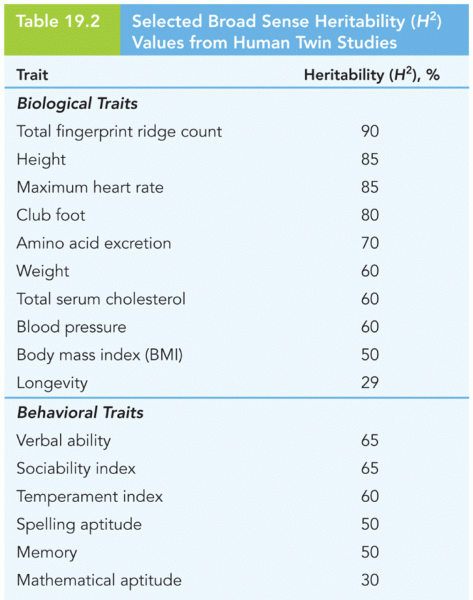Answer to Question 1
Practical concerns include obtaining and maintaining research funding and resources over many years and the long wait for meaningful data. Design difficulties relate to aging effects and cohort effects. Aging effects are general changes that occur because as participants age there are increases in physical prowess, impulse control, or social opportunity. Cohort effects are influences related to being a member of a specific cohorta group of individuals who are followed during the same time and experience the same cultural or historical events.
Answer to Question 2
Case studies yield narratives that are rich in detail and provide valuable insights into factors associated with a child's disorder. Nevertheless, they also have drawbacks. They are typically viewed as unscientific and flawed because they are characterized by uncontrolled methods and selective biases, by inherent difficulties associated with integrating diverse observations and drawing valid inferences among the variables of interest, and by generalizations from the particular child of interest to other children. Hence, case studies have been viewed primarily as rich sources of descriptive information that provide a basis for subsequent testing of hypotheses in research using larger samples and more controlled methods. They may also provide a source for developing and trying out new treatment methods. Despite their unscientific nature, there are compelling reasons why systematically conducted case studies are likely to continue to play a useful role in research on childhood disorders. First, some childhood disorders, such as childhood-onset schizophrenia, are rare, making it difficult to generate large samples of children for research. Second, the analyses of individual cases may contribute to the understanding of many striking symptoms of childhood disorders that either occur infrequently or are hidden and therefore difficult to observe directly. Third, significant childhood disturbances such as post-traumatic stress disorder (see Chapter 12) often develop as the result of a natural disaster, severe trauma, or abuse. These extreme events and circumstances are not easily studied using controlled methods.







